×
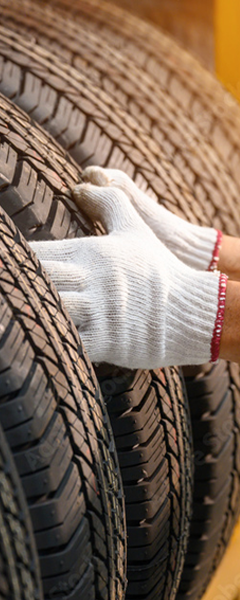
×
Don't Miss Upcoming Promotions
Enter your email below to stay updated on our latest specials.

Shrader Tire and Oil has been chosen as one of eight art projects this summer for the Toledo Arts Commission.
The Young Artists at Work (YAAW) program, now in its 29th year, started Monday, July 17, painting a mural on about 120-foot section of the Shrader Tire and Oil building off Sylvania Ave. The painting began after the Young Artists collaborated with each other, team leaders and Shrader Tire and Oil President and CEO Joe Shrader on the design for the mural.

The wall faces the newly renovated Chessie Circle Tour trail, which is used by joggers, bikers, roller bladers and families throughout the day and evening. About a dozen young artists are working to complete the project before the end of July.
STO officials applied to be part of the program to help celebrate 75 years in business. The Sylvania Ave. location serves as the company headquarters.

TOLEDO, Ohio (April 22, 2023) – Today is Earth Day in the United States, but in the truck tire retread industry, we believe in celebrating the environment every day.
Recycling end-of-life tires is a major challenge for the tire industry and its customers. Around one billion tires reach the end of their useful lives each year. Recycling is part of a process that includes collecting end-of-life tires, sorting them, and giving them a new purpose. Around 65 percent of them are collected for some form of reuse, roughly 70 percent are recycled to recover their materials, and the remaining 30 percent are generally used for energy recovery.
Truck tire retreads deliver huge savings to fleet managers and owner/operators and have a massive impact on the environment.
With two retread facilities in northwest Ohio and southeast Michigan, Shrader Tire and Oil is part of the recycling process.
It is estimated that nearly 300 million tires from cars and trucks are thrown away by Americans each year, but the use of retreads saves hundreds of millions of gallons of oil, and millions of tires continue a useful life rather than being consigned to a tire pile or landfill.
Simply put, retreading tires conserves oil. The synthetic rubber components in a new medium truck tire require about 22 gallons of oil, but it takes only seven gallons to retread that same tire.
Retreading truck tires in the U.S. reduces carbon emissions by 396,000 tons, or 70 percent annually. Finally, nearly 40 pounds of raw material including rubber, steel and carbon black is saved for every retreaded tire manufactured.
Shrader Tire & Oil is the premier tire and lubricant distributor in the Midwest. With locations in Ohio, Michigan and Indiana, Shrader has 15 truck tire and fleet service centers, two state-of-the-art Michelin retread plants, a bulk lubricant operation and a 24-hour emergency road service network.
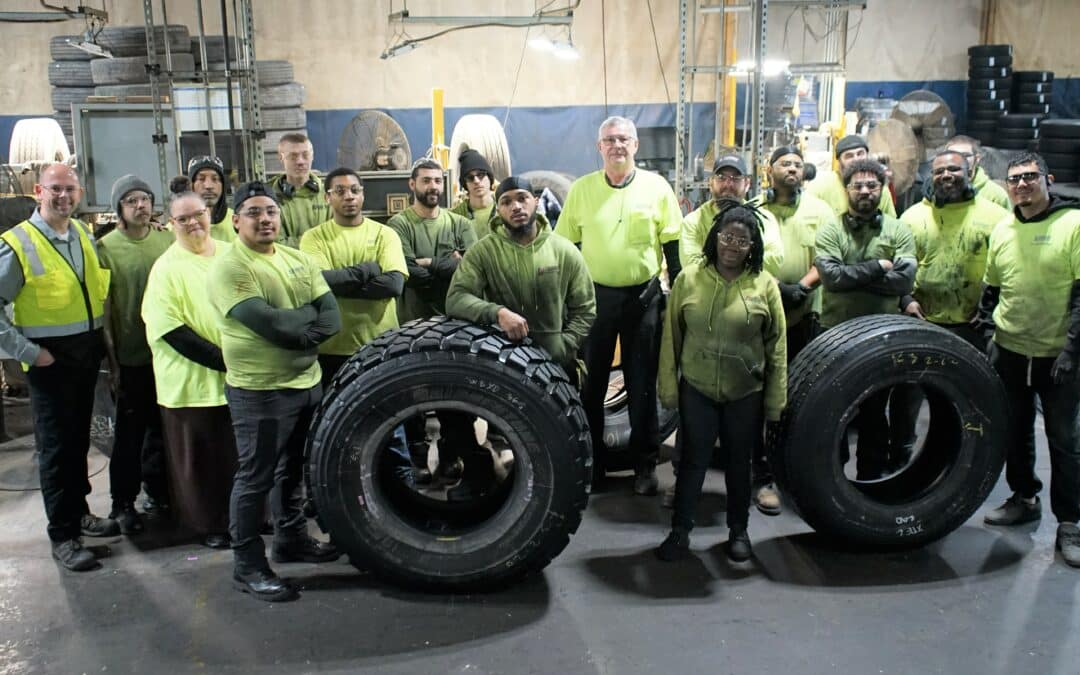
As a certified Michelin Retreader, Shrader Tire & Oil recently earned the highest audit scores in the industry.
With our nine-step manufacturing process, we ensure efficient and quality results. Our retreads are held to the highest standard and are inspected thoroughly – both digitally and by hand. To support our claims, all of our retreads are backed by a warranty.
Shrader Tire and Oil was a big winner at a recent Michelin awards banquet, winning multiple awards after the annual audit.
“STO made an extremely big splash,” said General Manager of Manufacturing and MDC Distribution Bob Watters. “By earning such high scores, both of the Shrader Tire and Oil plants exhibited our commitment to continuous improvement.”
MRT I, located in Melvindale, Mich., received a 100 percent Audit Safety Score. MRT II, located in Pemberville, Ohio, received a quality audit score of 98 percent.
Here’s a breakdown of the awards:
MELVINDALE BEST OF BEST ACHIEVEMENT AWARDS:
PEMBERVILLE BEST OF BEST ACHIEVEMENT AWARDS:
Contact Shrader Tire & Oil today at 800-859-6589 and ask about our retreads. You will be glad you did!

By Zach Sutton | Chevron Lubricants
March 8, 2023 – December roared in with a coast-to-coast series of howling snowstorms and plunging temperatures. It’s the time of year when fleet operators and drivers become more conscious of the coolants they are using and making sure they are working properly. In reality, thinking of coolant maintenance as a seasonal issue is a bit old fashioned. At Chevron Lubricants, we advocate year-round coolant inspections as part of your preventive maintenance program. In fact, we recommend to our fleet customers that they include a cooling system checklist in their PM worksheets. The importance of a healthy coolant should not be underestimated – 40% of engine-related failures are tied to the coolant, and an “estimated 60% of engine downtime in the commercial trucking sector is coolant related.”* It cannot be an afterthought.
The only opportunity maintenance managers have to make sure a truck has the right amount of coolant, and its physical properties are in proper balance, is when the truck is in the bay for regular maintenance. If a driver has to top off the reservoir on the road, he or she runs the risk of co-mingling two incompatible coolants. The coolant should be tested before a vehicle is put back into service to make sure it’s good to go.
Testing a coolant starts with a visual inspection – look to make sure it’s clear, bright, and free of any particles. Next, check the freeze point using a properly calibrated refractometer. The freeze point – the temperature at which the coolant will freeze – is the fluid’s most important physical property. A refractometer will show the balance of glycol to water in the coolant, which is what determines the freeze point. We have found that the floating ball hydrometers commonly used in the industry are inconsistent, inaccurate and ineffective; therefore, we do not recommend its use. Most test labs use refractometers and they are fairly easy for maintenance crews to utilize.
The next step is to test for the acidity, or alkalinity, level of the coolant. This is done using a pH test strip, which ranges from zero to 14. In an extended-life coolant, the pH level should be around eight or nine. If it drops below that, it means the coolant is turning acidic and you have to track down the cause of the acidity. If you are using a nitrite-free coolant and the pH level is higher than nine, it is likely an indicator that you may have nitrites in the coolant that are interacting with unpassivated aluminum in the system or with the flux used to join those aluminum parts together.
The aftermarket is filled with high- and low-quality coolants of all colors; therefore, color is not a good indicator of the type of coolant* and operators should not rely on the coolant color to determine the extent of a coolant’s properties or performance. In fact, the color is merely a dye and has nothing to do with coolant performance. It is imperative to read the fine print on the coolant label to ensure you are maintaining the appropriate coolant type in your system. Make sure the test strip is of the color-resistant variety; sometimes the dye in a coolant can interfere with the reading.
Finally, don’t overlook the radiator cap. Make sure it is not broken or cracked and is sealing correctly, and the system is properly pressurized. If it’s not, the water can boil off, resulting in an excessive concentration of glycol, which can lead to extensive issues, the most common of which is damage to the exhaust gas recirculation (EGR) system. Check the cap frequently – caps are inexpensive and have been known to fail right out of the box.
As part of incorporating coolant maintenance into your preventative maintenance schedule, a full coolant analysis performed at an analytical laboratory should be performed once a year. This analysis is vital to provide an insight into the overall operating condition of the in-service coolant.
Adding coolant maintenance to your existing program will help reduce downtime and increase efficiency. With the additional coolant testing being performed, don’t forget to consistently log the results to track the trends over time. This is a good practice, not only with coolant maintenance, but also with your other fluids.
Clearly there is more to coolant maintenance than simply topping of the reservoir at a truck stop. It should be part of every regular maintenance interval. The same procedures hold true for both on- and off-highway heavy duty equipment. If you are performing regular coolant testing all year round, you don’t need to worry about “winterizing” your cooling system. However, if the onset of winter elevates coolants to top of mind, then there is no time like the present to do a proper inspection. If you discover problems with the coolant, it is advisable to flush it out completely and start fresh with clean and reliable coolant.
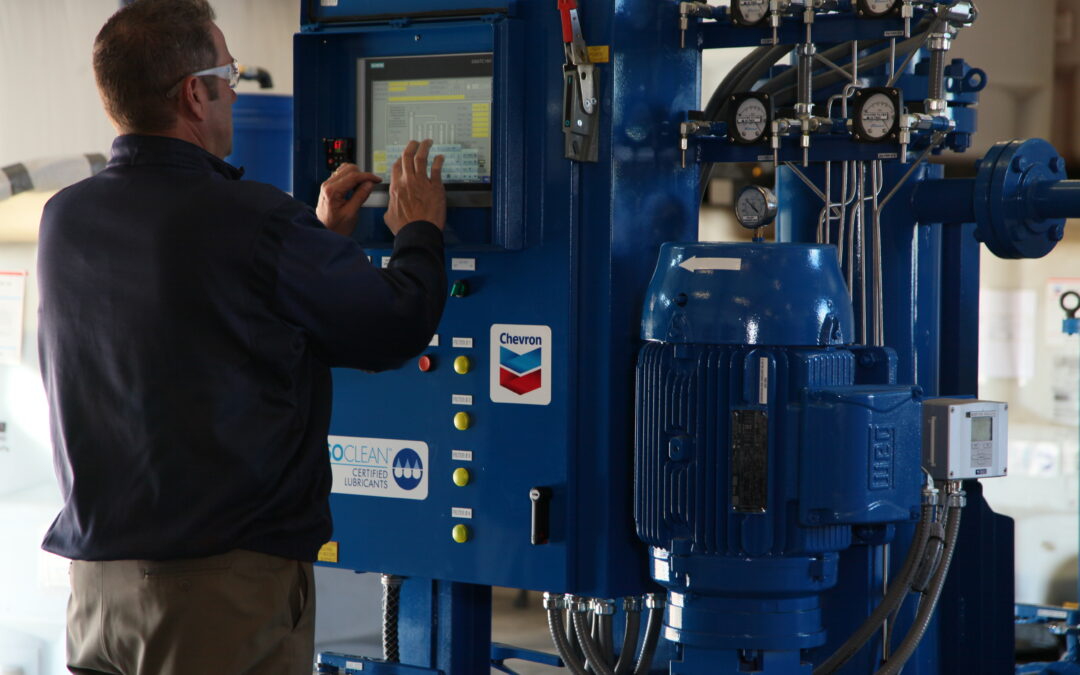
As is often pointed out, ensuring lubricant cleanliness and avoiding lubricant contamination are essential to maximizing equipment life. Microscopic particulates in lubricants can reduce the useful life of equipment components and, in the worst cases, lead to sudden equipment failure, unplanned downtime and even safety risks.
The problem for equipment operators is that even new lubricants can become contaminated in transit, and may not meet the equipment manufacturer’s recommended ISO cleanliness standard upon delivery. As a result, many industrial operators subject all new oils they receive to on-site lubricant filtration. However, as we detailed in a recent Technical Bulletin, Impacts of Filtration on New Lubricant Performance, figuring out the right filtration method for your operations – if there is one – can be a time-consuming, expensive process without assurance of success. There is no “standard” filtration method or medium that will ensure that all oils used in an industrial operation will meet the cleanliness standards of the equipment for which they are intended without compromising performance.
To understand why filtration can be problematic, it’s helpful to understand the make-up of finished lubricant formulations. Finished lubricants contain a variety of additives, such as dispersants and detergents, demulsifiers, corrosion and foam inhibitors, and more. Some additives are fully dissolved in the oil, while others are dispersed in the oil as solid matter measured in microns. Depending on their molecular size or chemical composition, some additives may be at risk of being removed from the oil during filtration. Filters can remove additives by mechanical blockage – meaning that the additive particles are larger than the filter pores – or by adherence to the filter element, which can remove particles smaller than the filter’s rating. Moreover, additives that may be dissolved in the oil or microscopically dispersed can have chemical reactions with contaminants, such as water or particulate matter, causing them to form agglomerates, salts or gels that do not pass through the filter.
A crucial watch point when filtering lubricants is foam performance. Modern foam inhibitors may be more stable in finished lubricants, as they are more finely dispersed in the oil, but still remain vulnerable to removal by filtration. Filtration can remove enough of the oil’s foam inhibitors to cause excessive foaming. Filtration can also adversely affect a lubricant’s ability to shed water when demulsifiers are removed. In either case, a heavily filtered oil may not perform as expected, putting the equipment at risk.
It’s tempting to select a low-micron, high-efficiency filter and perform the filtration under ambient conditions – for example, using a portable kidney loop on a bulk or day tank. This might allow operators to reach or even exceed cleanliness targets, but it might also deplete critical additives and have an adverse impact on post-filtration performance.
Particular care must be taken to avoid damaging the lubricant while it is being cleaned. In order to mitigate the risk of additive removal, operators need to understand the chemistry of the lubricant being filtered, along with filtration parameters such as operating conditions, process temperatures, filter media and flow rate. These parameters need to be standardized and tested thoroughly to ensure no harm is done to the lubricant. Since the results of filtration are highly application- and product-specific, it is important to develop an effective, repeatable process. A lack of process consistency can easily lead to unexpected results and damage the lubricant.
Our technical bulletin details a wide variety of tests that have been performed to determine the effectiveness of different filtration methods on specific lubricants under a range of conditions. It is essential information for anyone considering an investment in on-site filtration as a solution for lubricant cleanliness. A more efficient solution, however, is having your lubricant supplier perform the necessary testing and certify that each new, fully formulated oil meets the ISO cleanliness standards for its application upon delivery. Contact us to learn more about Chevron’s ISOCLEAN® certification program.
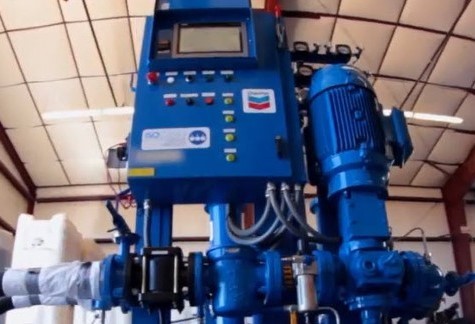
We are excited to introduce a redesigned, updated ISOCLEAN® Recommended ISO 4406 Specs quick links sheet for ISOCLEAN customers.
The one-page link sheet is easy to use and a gear oils spec sheet has been added. The category spec sheets are organized by industry and by component.
As equipment continues to evolve and customers become more aware of the effects contaminants are having on their equipment, it will be important for them to have this capability and evolve their business. Particle contamination is the No. 1 cause of lubricant related failure in equipment. It makes sense to solve this problem, starting with Chevron ISOCLEAN Certified Lubricants is the first step to maximizing equipment life.
The Chevron ISOCLEAN Certified Lubricants program is the industry-leading solution for customers to meet their equipment manufacture fluid cleanliness.
Get to the next level and be on the leading edge with Chevron ISOCLEAN Certified Lubricants!
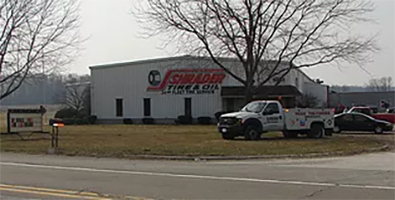
517.486.4633

513.733.8200
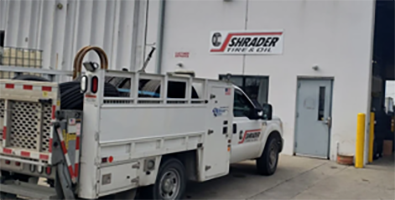
614.445.6601
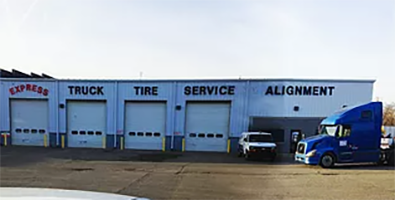
313.386.0451
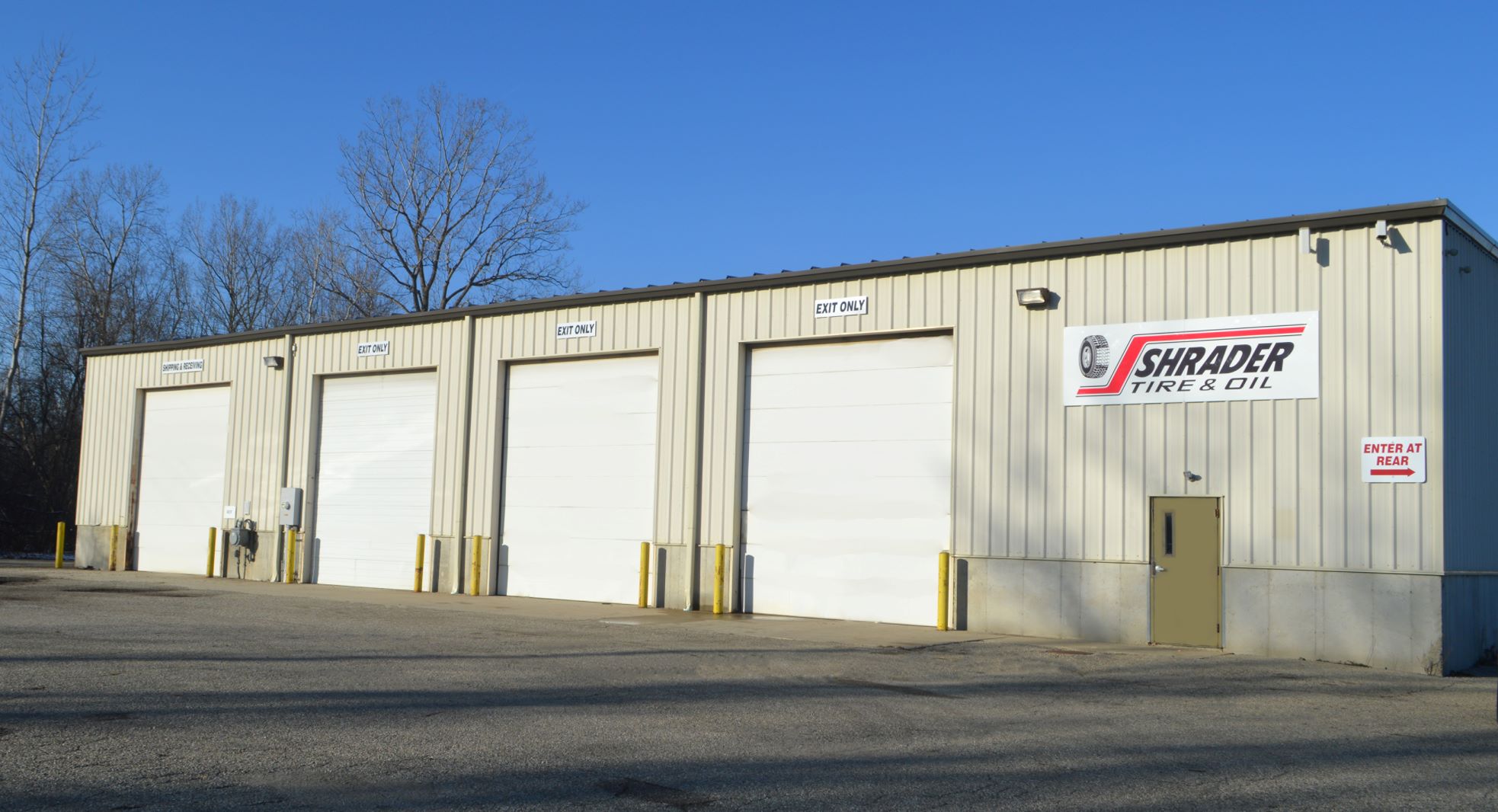
810.288.6458
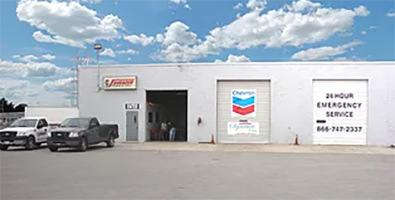
260.420.8435
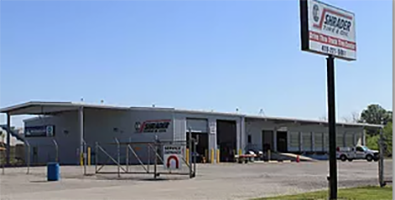
419.221.5001
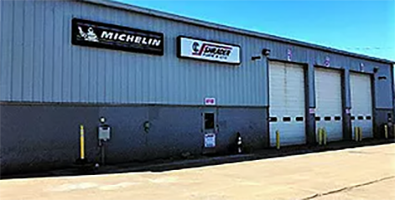
740.788.8032
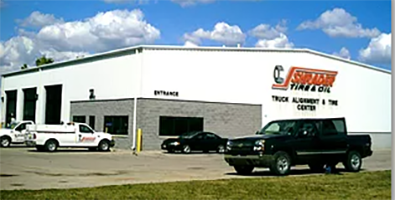
419.727.9468
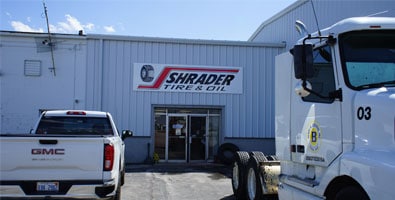
419.837.6591
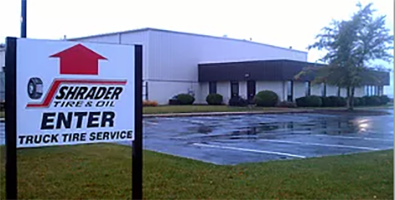
574.968.0067
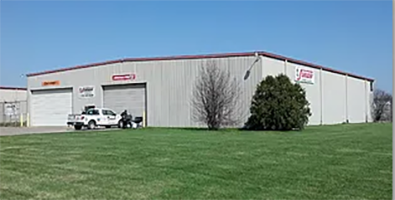
734.434.9300
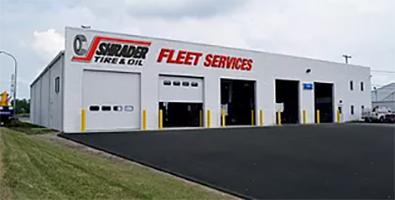
419.720.0422
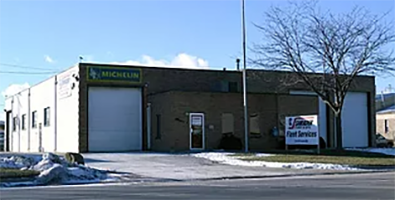
586.777.9030